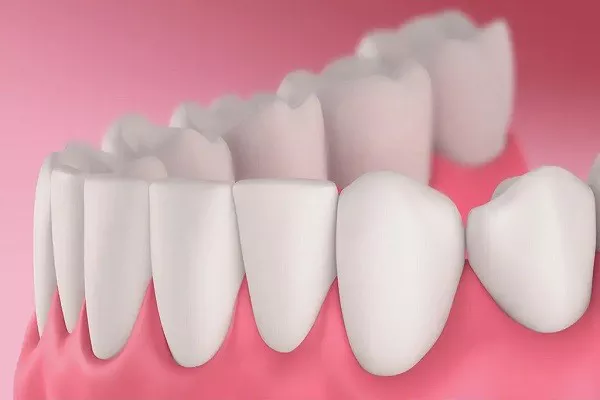A cavity filling is a dental restoration that is used to repair a tooth that has been damaged by decay. While fillings are designed to last for many years, they can sometimes fall out or become loose. If you suspect that a cavity filling has fallen out, it is important to seek dental care as soon as possible to prevent further damage to the tooth.
Here are some signs to look out for:
- Pain or sensitivity
If you experience pain or sensitivity when eating or drinking, it may be a sign that the filling has fallen out. This can be caused by exposure of the tooth’s nerve or by changes in the tooth’s structure.
- Rough or jagged edges
If you feel a rough or jagged edge on the surface of the tooth, it may be a sign that the filling has fallen out. This can be caused by the filling material breaking away from the tooth or by the tooth itself becoming damaged.
- Visible hole or gap
If you can see a hole or gap in the tooth where the filling used to be, it is a clear sign that the filling has fallen out. This can be caused by the filling material breaking away or by decay that has developed underneath the filling.
- Food getting stuck
If you notice that food is getting stuck in the tooth or the surrounding gums, it may be a sign that the filling has fallen out. This can be caused by a gap between the tooth and the filling or by changes in the tooth’s shape.
- Change in bite
If you notice a change in the way your teeth come together when you bite down, it may be a sign that the filling has fallen out. This can be caused by changes in the tooth’s shape or structure.
If you suspect that a cavity filling has fallen out, it is important to contact a dentist as soon as possible. Delaying treatment can lead to further damage to the tooth and may require more extensive and costly treatment. A dentist can examine the tooth and determine the best course of action, which may include replacing the filling or performing more extensive dental work if the tooth has become damaged.






























